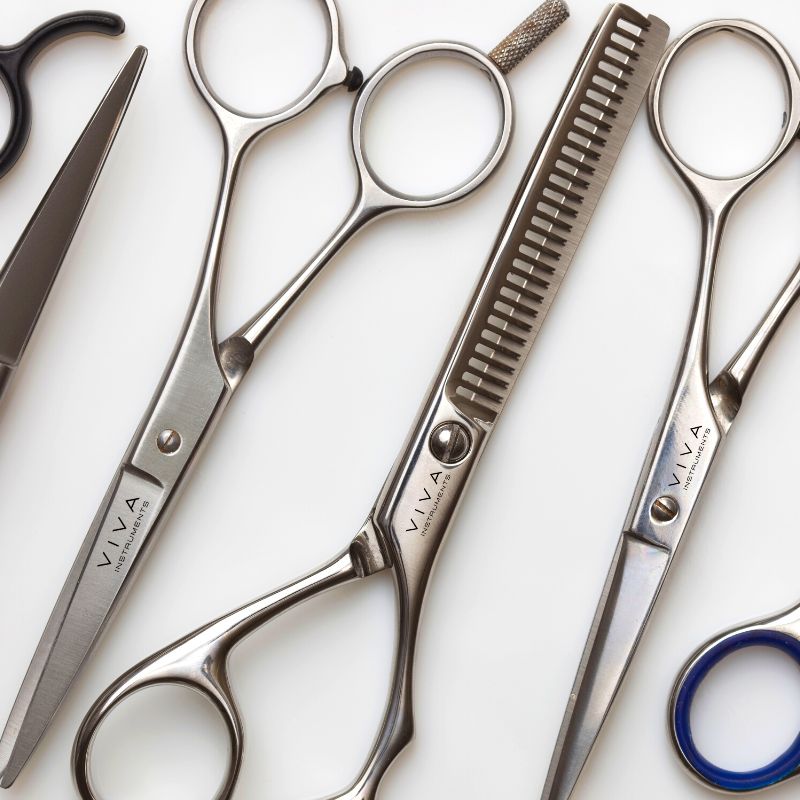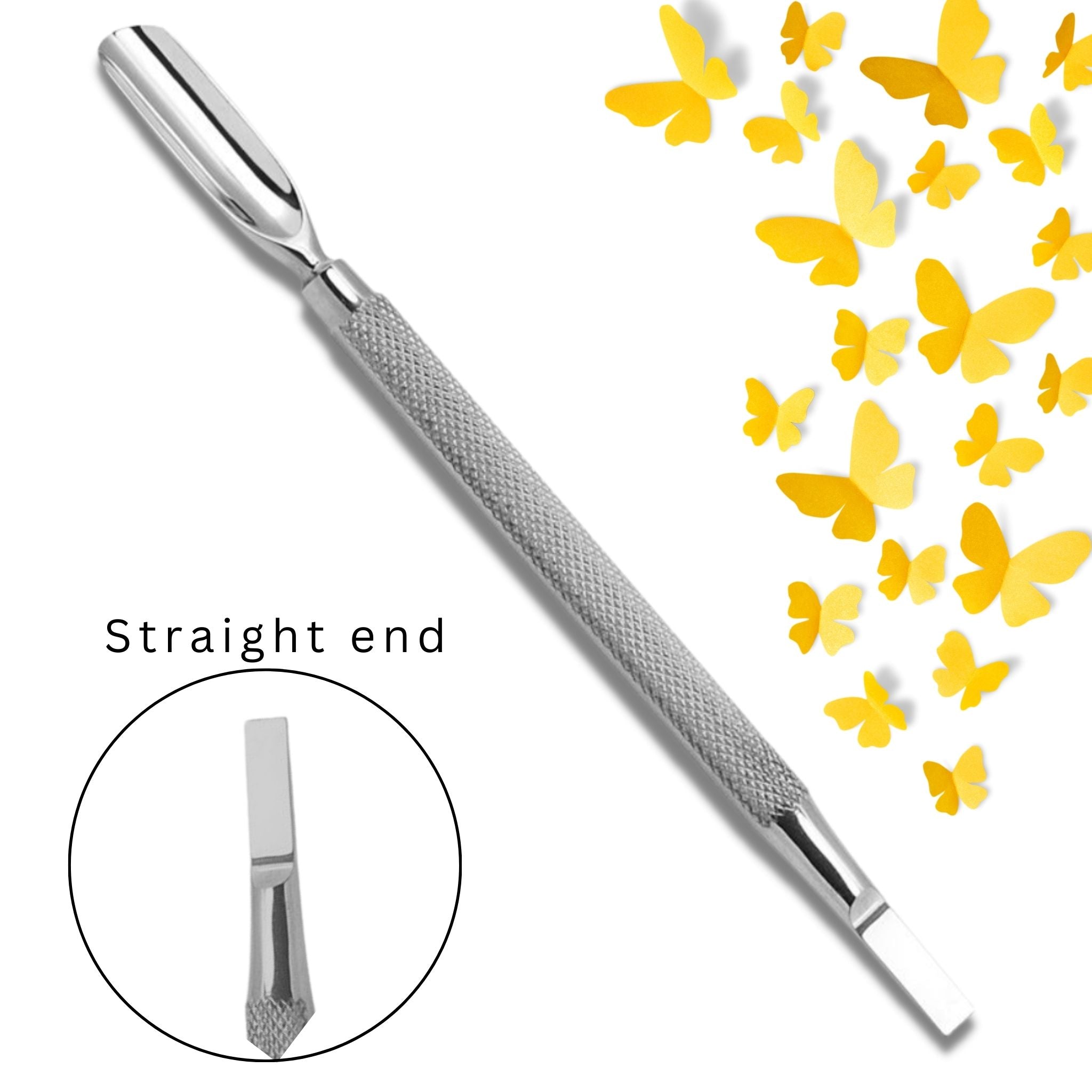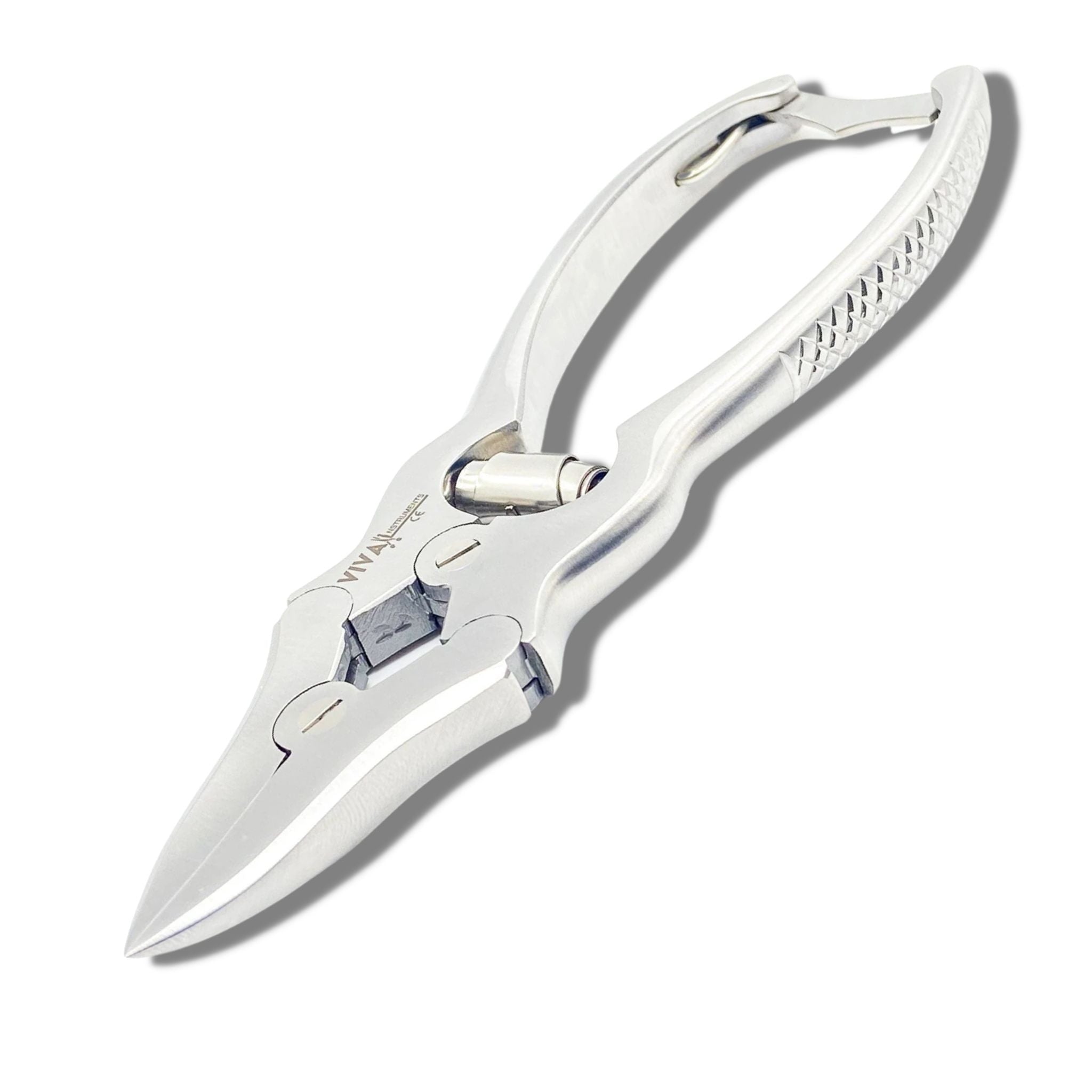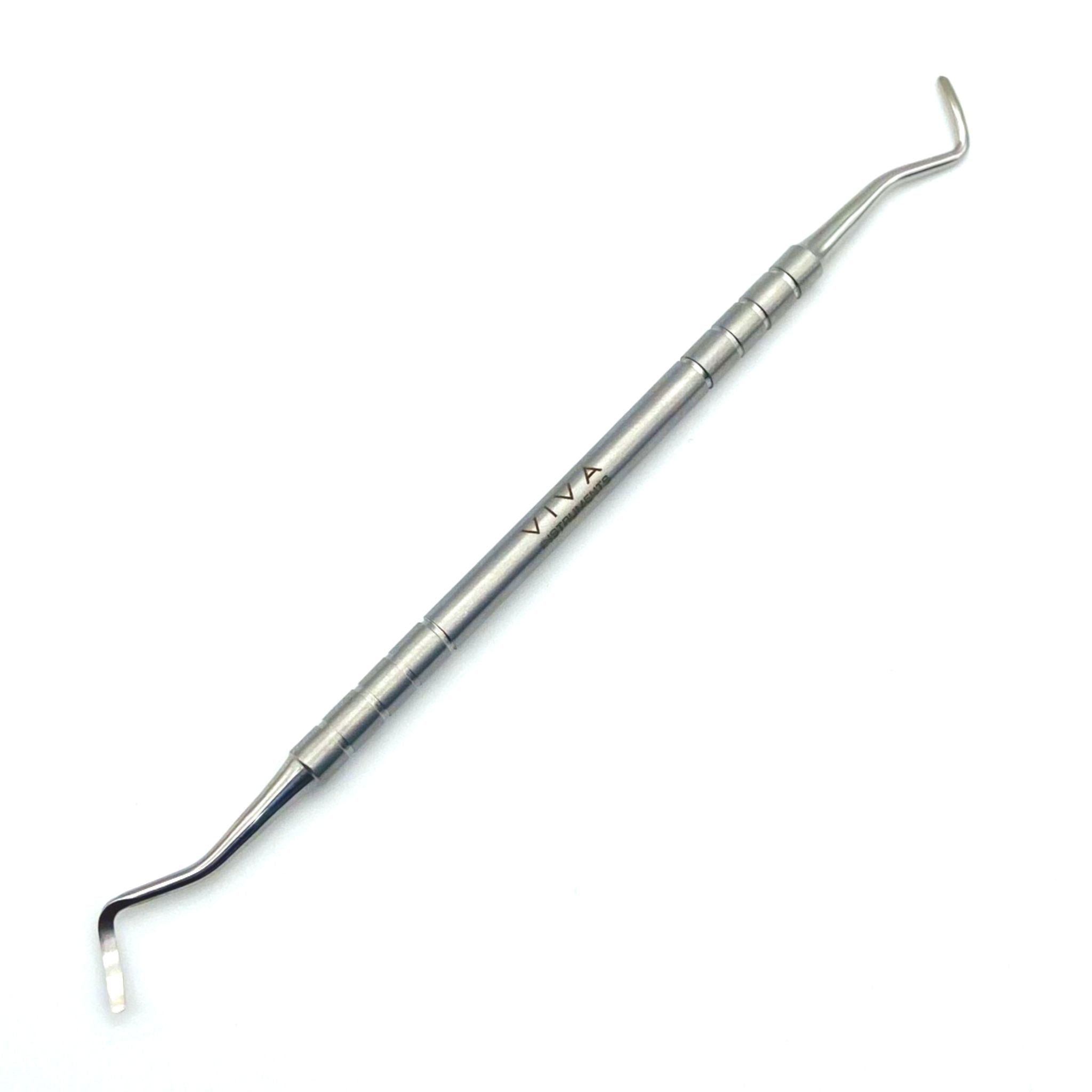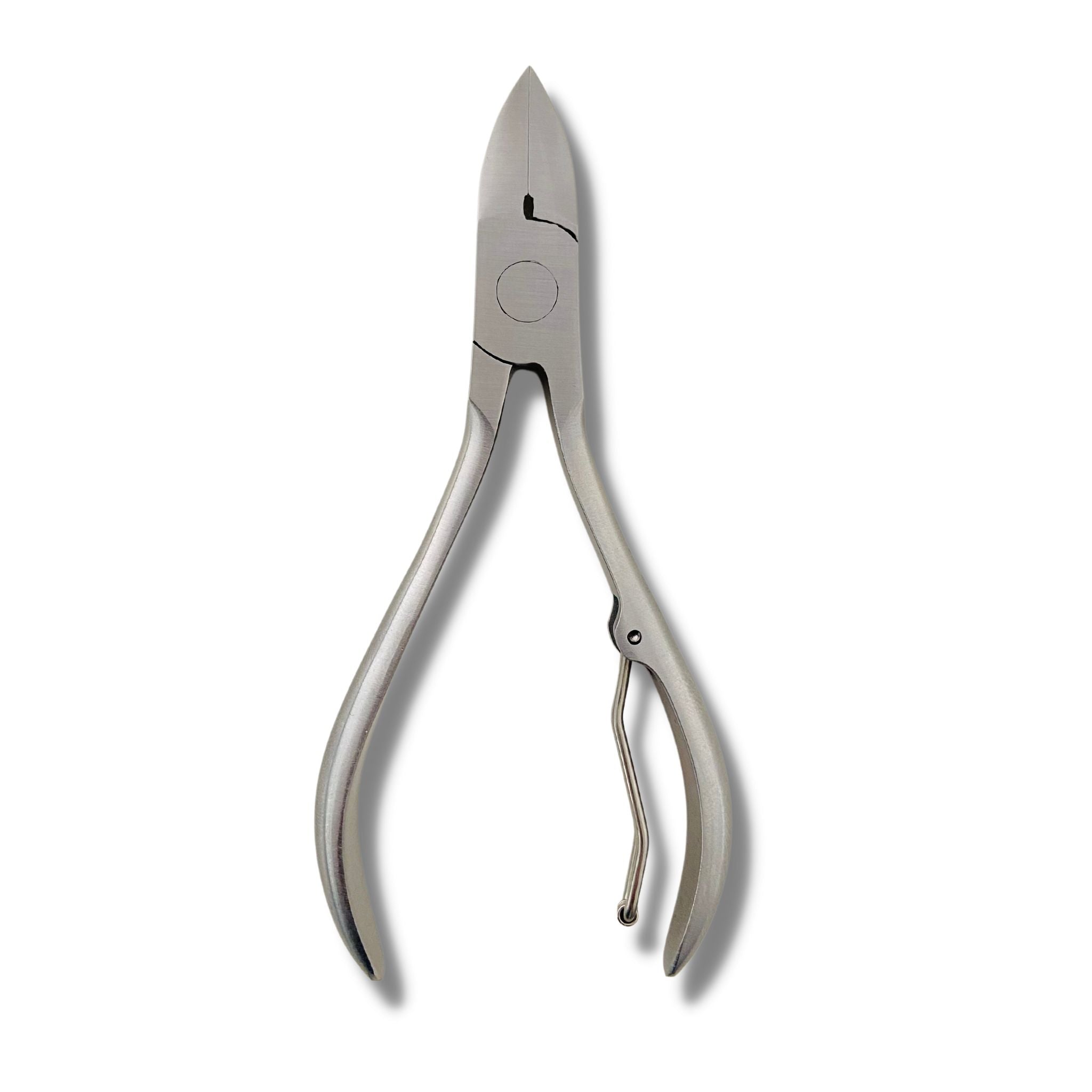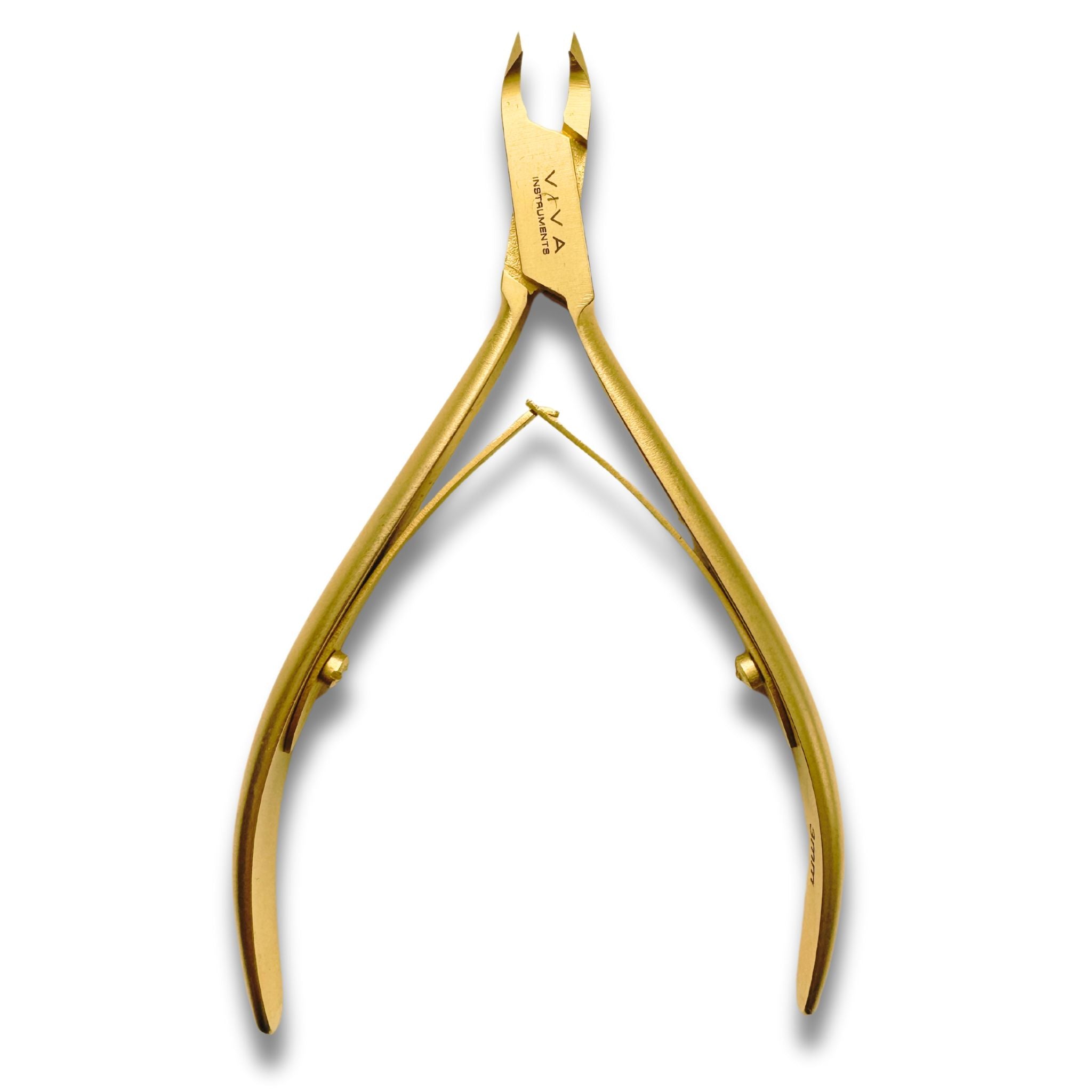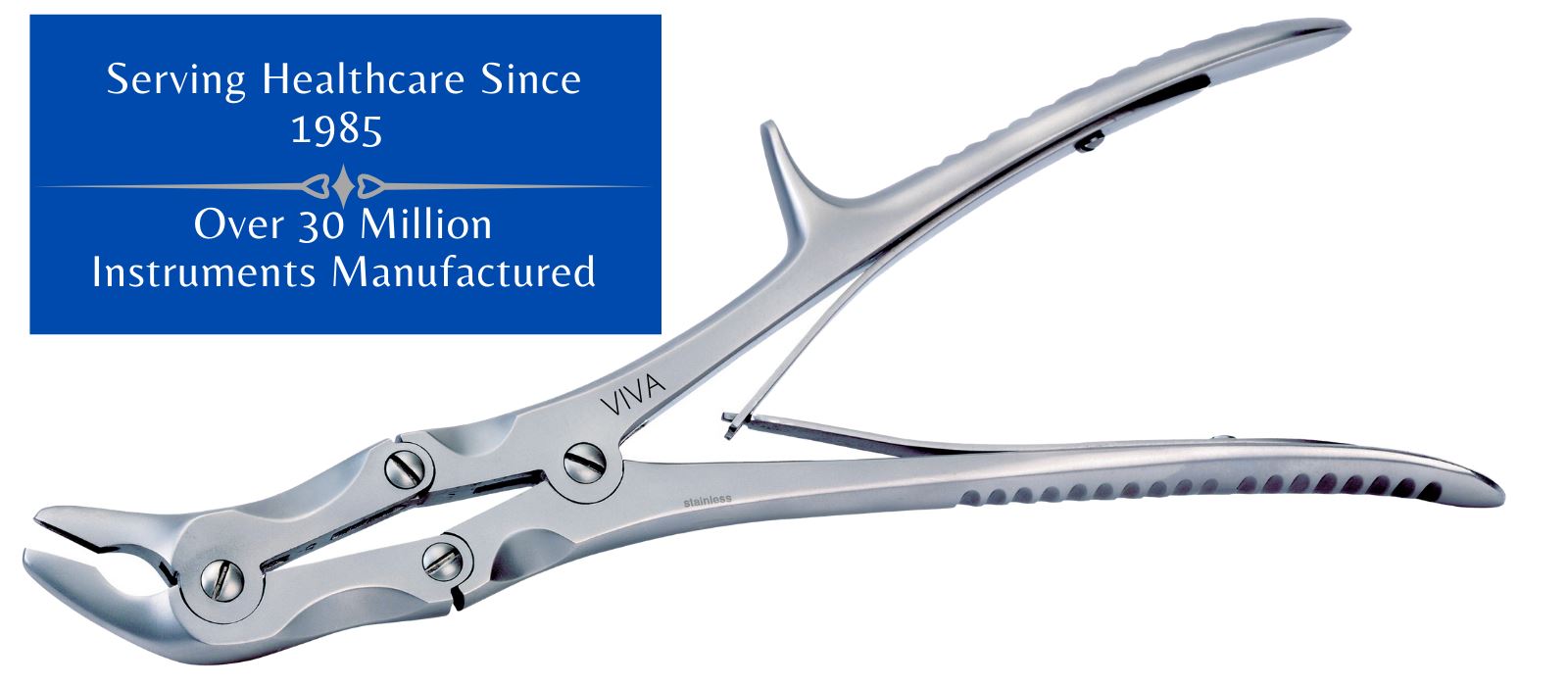Veterinary Instruments
Veterinary instruments are regularly discussed in discussions on the need for better and more precise diagnostic and treatment options for veterinarians.
The Veterinary Surgical Instruments segment is defined not only as a collection of surgical instruments, but also as a group of diagnostic instruments. From birth hooks to catheters, stethoscopes and other diagnostic instruments, veterinarians need a variety of different instruments depending on their clientele.
The veterinary surgical instruments market is expected to grow at a great CAGR over the forecast period from 2020 to 2025. On the other hand, the Asia-Pacific region (APAC) is expected to have the highest growth rate over the forecast period. Spectrum S Surgical Instruments is pleased to announce the launch of a new line of veterinary surgical instruments for the veterinary industry.
Developed with the collaboration of leading physicians, the Spectrum Starter Eye Pack includes a range of curved tenotomy scissors and a variety of other surgical instruments. Spectrum Advanced Eye Packs include a wide range of instruments that include a wide range of surgical instruments, including a range of cataracts, corneas, eye scissors and a range of eye care instruments.
Depending on the type, the market is divided into cataracts, corneas, scissors, and other surgical and eye care instruments. The market was divided into application areas - surgical, non-surgical, medical, and veterinary applications. In terms of type, the market was divided by types such as surgical, pharmacological, medical, veterinary, and other segments.
The market is divided into animal-based markets and human markets for cataracts, corneas, scissors, and other surgical and ophthalmic instruments. Demographic factors include the increasing number of eye diseases and increased awareness of eye health in developing countries. The limitations of the market are the lack of awareness and knowledge gaps, as well as rising costs for catarsis and corneal care equipment.
In 2016, the scissors market had the largest market share, followed by needle holders and the corneal market with the second largest share.
Divided into two segments: the scissors market and the corneal market with the second largest share of the total market share.
The global Veterinary Surgical Equipment Market is expected to reach US $2760.6 million by 2023 and grow at a CAGR of 6.3% over the forecast period from 2017 to 2021. The global market for veterinary instruments was analysed on the basis of market size, growth rate, market share, demand, trends and forecasts. We have prepared a detailed analysis of the global veterinary surgical equipment market and estimated its size and growth rates for each segment.
The Practice Service (VET) offers high-quality surgical aids specifically for veterinary medicine and veterinary surgical equipment for the veterinary industry.
In addition, you will also find products for capturing animals, trapping dogs with sticks, throwing nets and products to protect veterinarians. Whether you care for your dog, cat, rabbit or any other small or large animal, here you will find everything you need to care for the fur of small and large animals. In this category we offer a wide range of toiletries such as shampoo, conditioner, shampoo, deodorant, hair care products and more.
Here are five essential veterinary tools to make your patients waggle their tail, even if you may be a long way from a full-service clinic. If your practice needs home visits, especially for rural patients, a portable veterinary ultrasound scanner is the tool without which you cannot function. Due to its high-resolution images, real-time results, and the condition of the animal, it allows you to detect your patient's condition as soon as it is diagnosed and make it as pleasant as possible.
Viva Instruments remains focused on ensuring that all veterinary instruments work in the best possible way and that they work as well as possible.
This distinction may seem small, but many people have little or no knowledge of surgical and surgical instruments. The use of these instruments could become more complex, use seems quite difficult and the names are annoying.
The Pocket Guide (4th edition) describes how and when these instruments are used and shows you how they work, as well as the different types of surgical and surgical instruments and their use. They can learn in detail the names and uses of veterinary instruments that the textbook alone cannot provide.
The card format makes it easy to scroll through the pages, so you can quickly familiarise yourself with the most commonly used devices.
We don't have too many gruesome images, but some of the surgical instruments are perhaps a little crueller than others, like needle holders. Be that as it may, these lessons will serve as a starting point for the more common surgical instrument you are expected to know. Without sharp instruments containing blades and used to cut tissue, surgery is virtually impossible.
As an introduction, the term cut in medicine is a term that means cutting, but is not meant to be incisive. Veterinary medicine is not queasy, and you will find plenty of blood, guts and gore while assisting the vets in the surgical suite.



